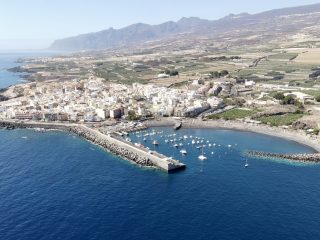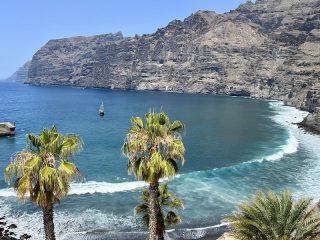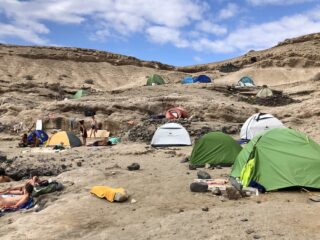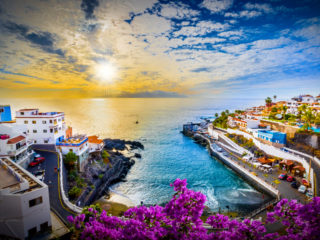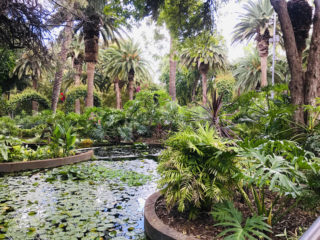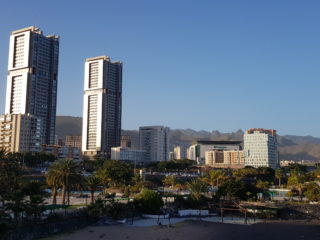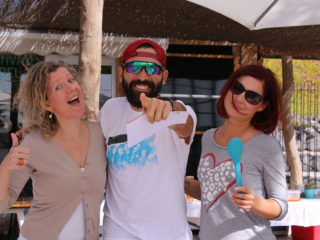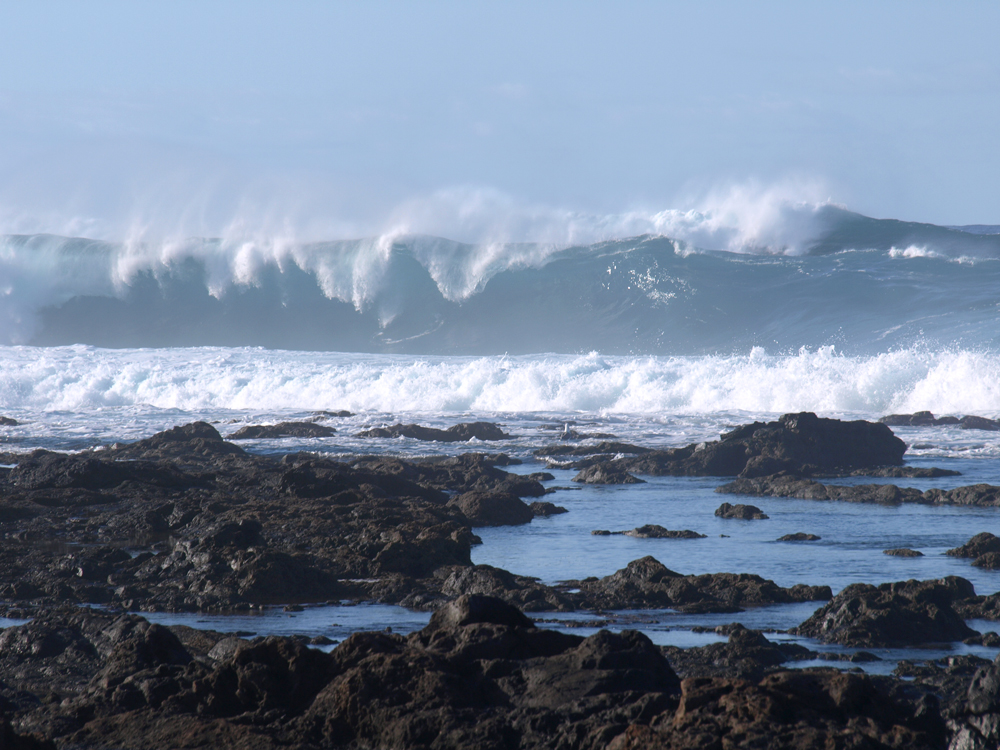 What do you do when a gigantic wave, rearing to a height that would have cruise liner captains thinking about the Poseidon movie and wishing they’d opted for another career, is rushing toward you?
What do you do when a gigantic wave, rearing to a height that would have cruise liner captains thinking about the Poseidon movie and wishing they’d opted for another career, is rushing toward you?
Most sensible people would leg it, but on Tenerife there are those who are more likely to grab a surfboard and try to tame the monster.
From the end of October through to March, the north coast plays host to some serious olas (waves) with the Spanish Meteorological Agency regularly issuing “˜yellow alerts’ for unruly seas.
Yellow alerts are meant to be minor severe weather warnings, but “˜up north’ these notifications aren’t always seen as a warning, but more as something to be enjoyed.
There was an alert last weekend and although the waves boomed angrily as they crashed on to Playa JardÃn, the local lifeguards felt that the churning cauldron (aka the sea) only warranted a yellow flag ““ swim with caution. For water babies, the sea was more fun than dangerous. In fact the water’s edge often poses more of a threat as retreating waves there can snatch your feet out from under you as though you’d just been lassoed.
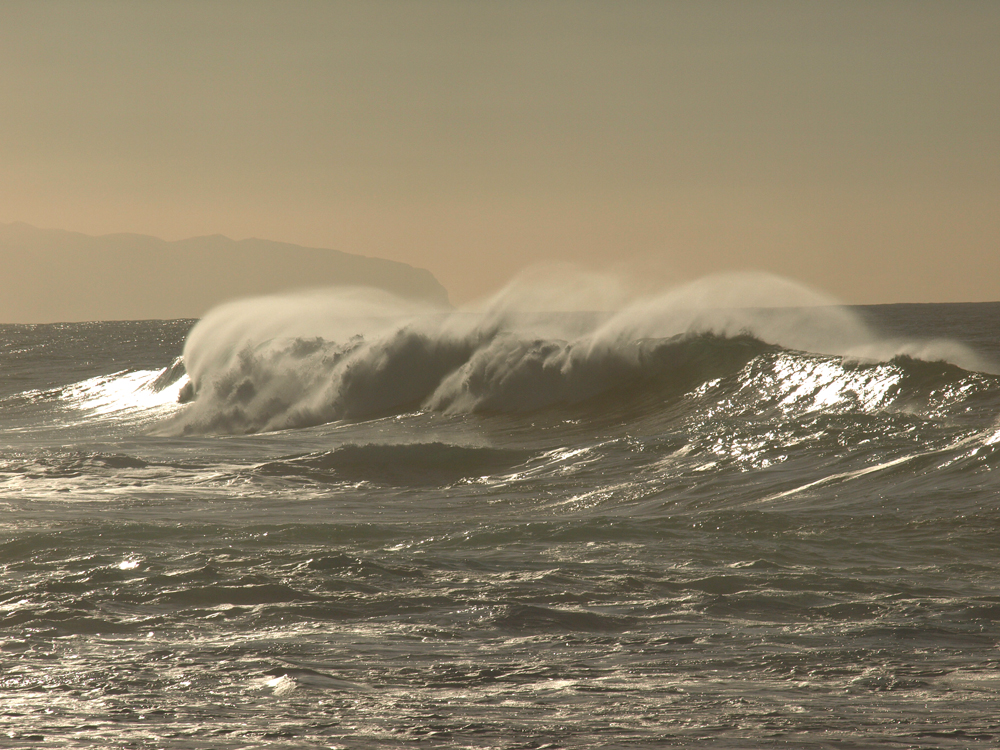 The most serious danger posed by the waves is to those on dry land who ignore the red tape used by police as a warning to steer clear of sea defences and harbour walls. It’s not uncommon for unwary visitors who want to get a better view of the rolling spectacle to find themselves closer to freak waves than they had anticipated and an unlucky few have been swept away as a result.
The most serious danger posed by the waves is to those on dry land who ignore the red tape used by police as a warning to steer clear of sea defences and harbour walls. It’s not uncommon for unwary visitors who want to get a better view of the rolling spectacle to find themselves closer to freak waves than they had anticipated and an unlucky few have been swept away as a result.
Employ a bit of savvy and these Atlantic rollers are wonderfully hypnotic forces of nature to simply sit and be “˜wowed’ by. However, for some obviously mad people watching them just isn’t enough.
Every so often a natural phenomenon creates a series of real monster waves up to 10 metres high. For some reason these giants have taken a serious dislike to Punta Brava near Puerto de la Cruz and turn up there every so often to mug the coastline. The unique ‘super waves” only occur in a few places around the world and are known as el bravo (the brave) ““ although personally I think the title is more apt for anyone who’s deranged enough to try to get up close and personal to them. Meteorologists can spot them forming about three or four days before they reach land, plenty of time for surfers from around Europe to descend on Punta Brava so that they can meet one of the surfing world’s biggest challenges head on.
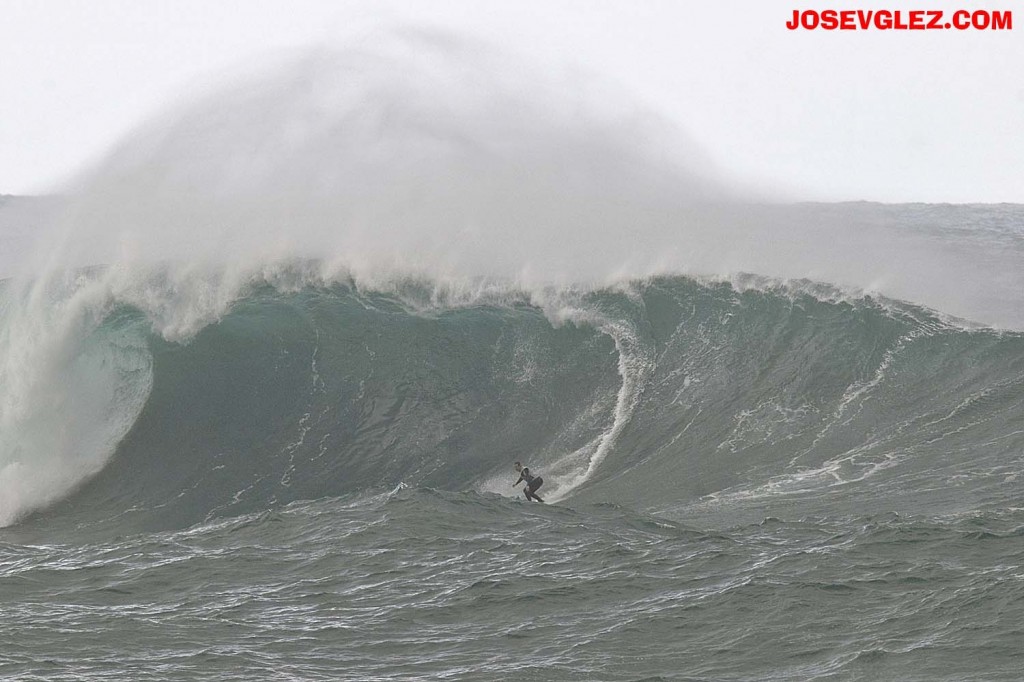
However before any enthusiastic surfers out there get all excited and start packing their surfboards, check out this photo by Jose V. Glez of Australian surfer Paul O’Kane being dwarfed by “˜el bravo‘ at Punta Brava. If you’re still keen after seeing that I’ve only got one word to say to you”¦ RESPECT.
